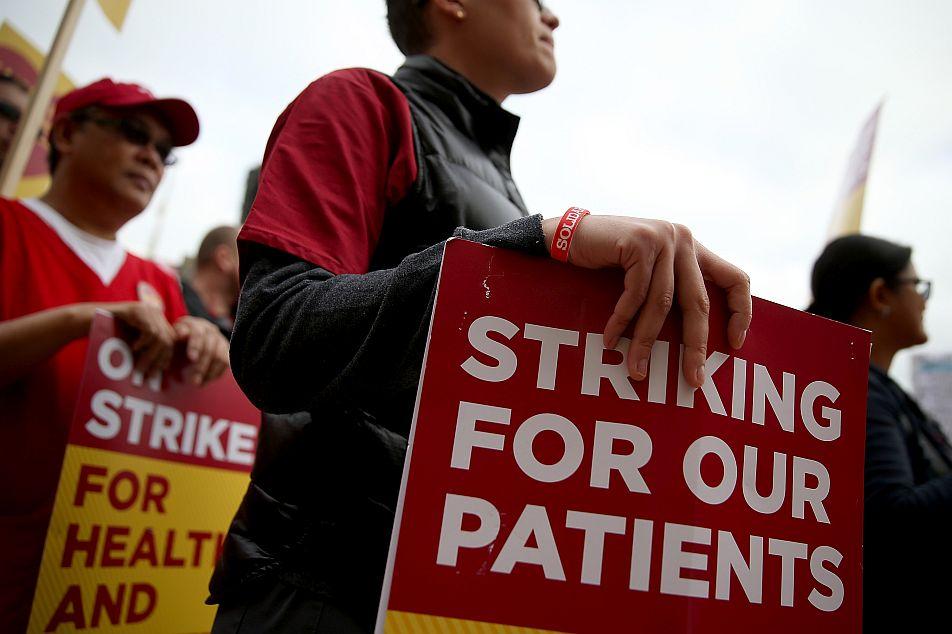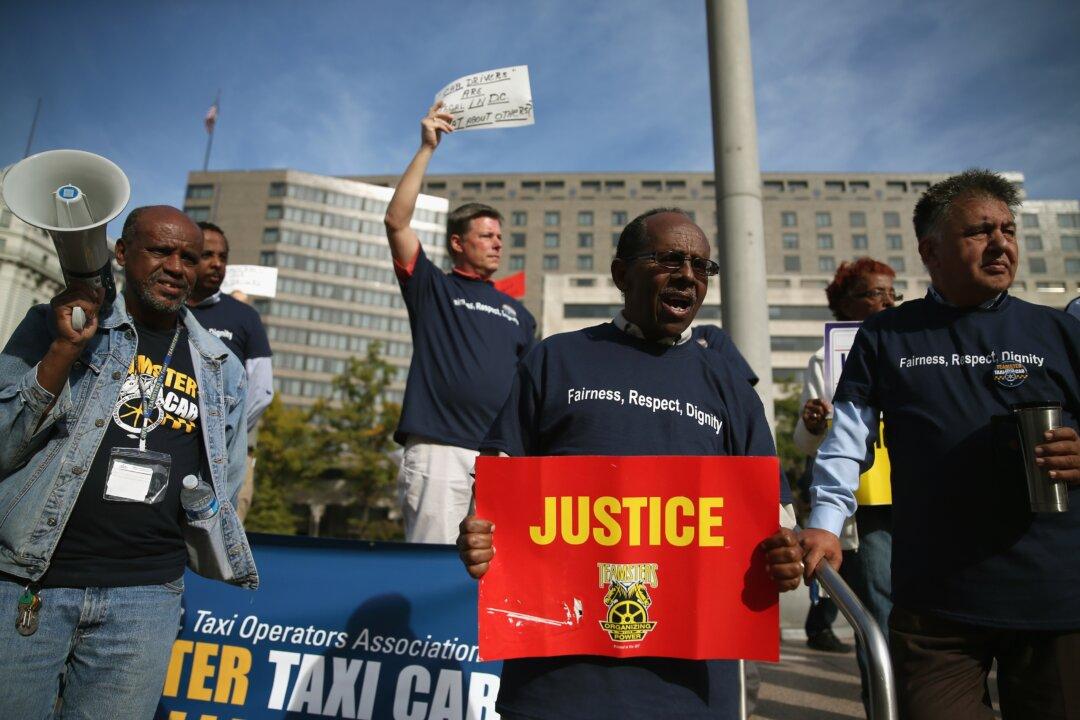The Troubled Asset Relief Program (TARP) was signed into law by President George W. Bush on Oct. 3, 2008, a little more than four years ago.
The latest SIGTARP (Special Inspector General for TARP) Quarterly Report to Congress, dated Jan. 30, begins its Executive Summary by asking if the laws and regulations that have been enacted and implemented to avoid another economic meltdown are deemed successful, including if the U.S. financial system has found ways to escape the “too big to fail” concept.
Further into the discussion, the report states, “One of the most important lessons of TARP and the financial crisis is that our financial system remains vulnerable to companies that can be deemed ’too interconnected to fail.'”
Alas, the problem of financial organizations that are considered too big to fail has not been addressed. The same financial institutions that were given the aforementioned designation still exist, have grown larger because of their privileged status, and are tightly linked with one another.
The Financial Stability Board published a list on Nov. 4, 2011, of 29 banks that are considered too big to fail. The U.S.-based banks are: Bank of America Corp., Bank of New York Mellon Corp., Citigroup Inc., Goldman Sachs Group Inc., JPMorgan Chase & Co., Morgan Stanley, State Street Corp., and Wells Fargo & Co.
“These same financial institutions continue to form the foundation of our economy. They continue to be dangerously interconnected. And, in fact, they have only gotten bigger in the past four years,” the SIGTARP report states.
According to SIGTARP, one of the lessons learned from evaluating all indicators that became known as the preamble to the financial collapse is a deep distrust of companies and financial institutions’ ability to restrain their risk-taking habits. Ample proof for that assumption is the LIBOR manipulation scandal.
“We learned from the crisis that we cannot expect companies to constrain excess risk-taking on their own initiative,” the SIGTARP report suggests.
Excessive Pay Packages Remain the Norm
“SIGTARP found that once again, in 2012, Treasury failed to rein in excessive pay,” according to a special Jan. 28 SIGTARP report concerning excessive pay.
Treasury is handing out excessive pay packages for high-level executives at firms that received taxpayer funds, that is, American International Group Inc. (AIG), General Motors Corp. (GM), and Ally Financial Inc. (formerly General Motors Acceptance Corp. Inc.).
Out of 69 high-level executives, 16 received pay packages equal to or above $5 million, and 21 received between $3 million and $4.9 million.
The Special Master for TARP Executive Compensation (OSM), Patricia Geoghegan, who had replaced Kenneth R. Feinberg, accepted proposals by the companies regarding what the top executives should be paid and thus surrendered the office’s ability to set acceptable pay packages.
SIGTARP recommended that Treasury set up policies and procedures to ensure that guidelines would be met, which Treasury ignored.
“Without meaningful reform, including independent analysis by OSM, Treasury risks that TARP
companies could potentially misuse taxpayer dollars for excessive executive compensation,” the Jan. 28 SIGTARP report states.
In a response to the SIGTARP report, Geoghegan states that the report contains erroneous information and is misleading in its accusations, and thus Treasury will not take the suggestions under consideration.
“Treasury did not agree to implement any of the recommendations contained in the report,” the SIGTARP report states.
Undermining Government’s Ability to Take Action
In a Jan. 29 release, Sens. Sherrod Brown and Chuck Grassley question whether “the ’too big to fail' status of certain Wall Street megabanks undermines the ability of the federal government to prosecute wrongdoing and impose appropriate penalties.”
For greater transparency, the senators asked that the Justice Department provide information about “too big to fail” banks and their effect on the government’s ability to take legal action against them. These banks are an albatross around the government’s neck, affecting the competitiveness of community banks.
“Wall Street should pay the full price of its wrongdoing, not pass the costs along to taxpayers,” Sen. Brown said in the release.
Upon research, the senators found that the “too big to fail” bank’s price for committing crimes was far too low when compared to the severity of those crimes and the gains realized from those crimes versus the cost to the general public, investors, and the market.
The senators suggest that the individuals running those banks be investigated and if found to have committed crimes that they be sentenced to a prison term instead of receiving a mere slap on the hand or no consequences at all.
“Our markets will only function efficiently if participants believe that all laws will be enforced consistently, and that violators will be punished to the fullest extent of the law. There should not be one set of rules that apply to Wall Street and another set for the rest of us,” the senators state in a letter to the Department of Justice.
Systemically Important Insurers
Although there is no list available for public review that defines systemically important insurers (also called “too big to fail” insurers), by bailing out AIG, the U.S. government accepted AIG as a systemically important insurer.
The Financial Stability Oversight Council was established as part of the Dodd-Frank Financial Reform Act and “has the authority to designate nonbank financial companies that could pose a threat to financial stability,” testified Michael S. Gibson, director of the Division of Banking Supervision and Regulation, before a congressional subcommittee on May 16, 2012.
By the end of 2008, AIG was bailed out with $182 billion of taxpayer funds, which were repaid to the taxpayer at a profit of $17.7 billion. Taxpayers earned another $5 billion from the sale of AIG’s common and preferred stock, totaling $22.7 billion, according to a January U.S. Government Accountability Office (GAO) report. To date, the Treasury still holds 2.7 million shares of AIG stock.
The 2011 year-end financial statements, published on the AIG website, indicate a profit of $20.6 billion, which is due to $19.4 billion in deferred taxes due to losses in 2008. Considering the $22.7 billion so-called profit earned for taxpayers, the $19.4 billion tax write-down reduces the profit to $3.3 billion.
In 2010, the net profit was $10.1 billion because of a gain on the sale of assets and not from operations. Otherwise, the statements would have shown a net loss of $9.5 billion.
The 2012 year-end net profit was $3.4 billion, and operating profit would have been higher were it not for a loss of $4 billon from discontinued operations. Besides, AIG had a $2 billion pre-tax catastrophe loss from the Storm Sandy, which is normal to its business, insuring against losses.
In its fourth quarter financial results, AIG also reports year-end financial results and states in a Feb. 21 announcement, “When history is written, we will look back and see that by the end of 2012, a new era for AIG had begun. As one AIG, we will expand on our accomplishments.”
The Epoch Times publishes in 35 countries and in 19 languages. Subscribe to our e-newsletter.



